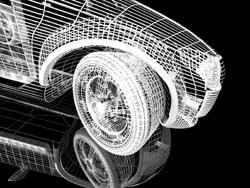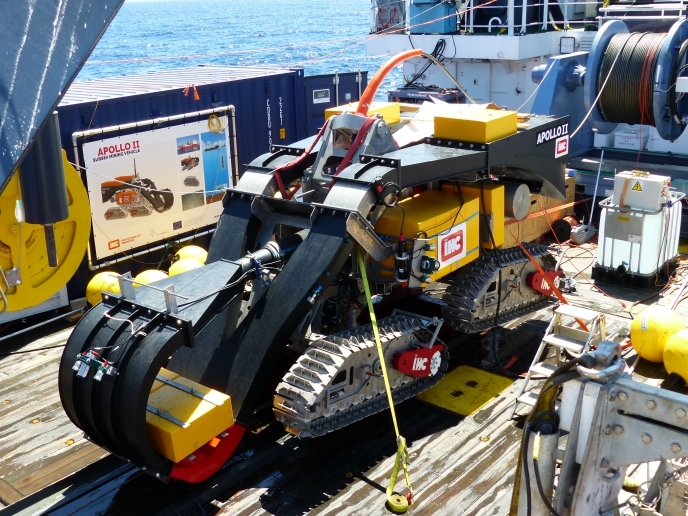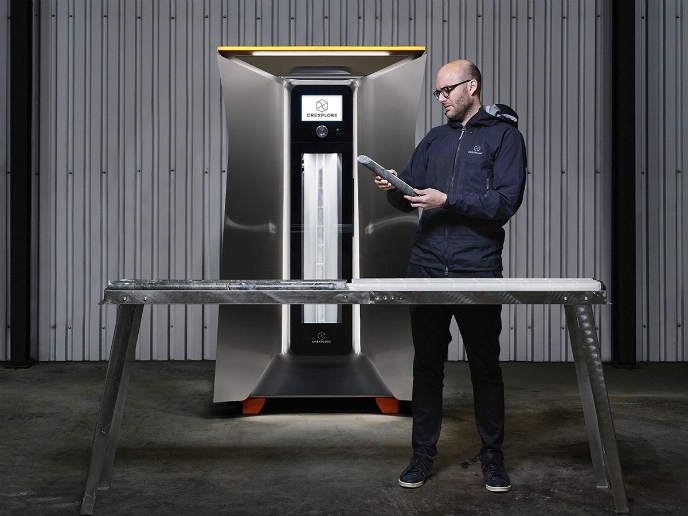Simulation software reduces physical testing
The increasing interest in substituting steel parts in automobiles with lightweight materials is accompanied by an increasing demand for innovative forming strategies. Deep drawing combined with an integrated electromagnetic calibration step is among the most promising technology currently available for extending the forming limits of aluminium alloys. Electromagnetic forming (EMF) is an innovative high speed forming process using the energy of pulsed magnetic fields to apply forces to materials of high electrical conductivity while increasing their formability. Aiming to exploit the full potential of this technology in industrial production of automotive parts, EMF project partners investigated different aspects of its applicability with the use of numerical models. ESI Group contributed significantly to the aims of EMF project by developing suitable options within the electromagnetic code SYSMAGNA and the manufacturing simulation application PAM-STAMP. Primary emphasis was placed on all relevant physical phenomena, which govern the electromagnetic forming process, through their numerical representation. The accuracy of process simulations was significantly improved by considering the effects of the workpiece heating and deformation, as well as the electrical circuit parameters of the EMF charging machine. More specifically, by using the trusted PAM-STAMP code for simulating the sheet metal forming process, the performance of a wide range of die designs could be quickly evaluated. A finite element formulation of electromagnetic phenomena governed by the four Maxwell's equations was provided by the SYSMAGNA code modules. Transient phenomena involved in the electromagnetic forming process were introduced to the complete coupled electromagnetic-mechanic model. The comprehensive software suite proposed by the EMF project aims to meet the requirements of automotive designers for a fully realistic analysis of electromagnetic susceptibility problems during the EMF process.







